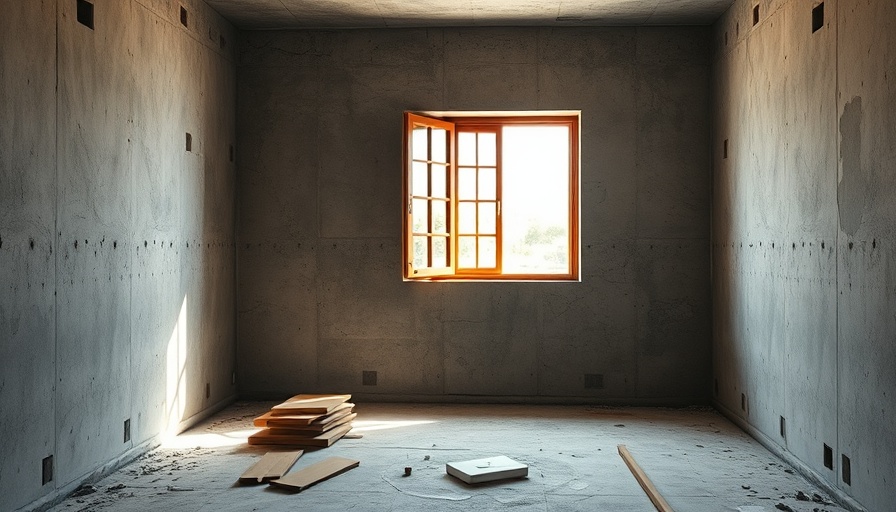
Understanding Green and Gray Environmentalism
In recent years, a distinction has emerged within the environmental movement between what is known as "green environmentalism" and "gray environmentalism." These terms refer to two distinct approaches to environmentalism, each with its own implications for policy, community engagement, and individual action.
The Heart of Green Environmentalism
Green environmentalism is often associated with sustainability, conservation, and progressive ecological actions. This movement emphasizes the need for renewable energy sources, conservation efforts, and lifestyle changes aimed at reducing our ecological footprint. Advocates for green environmentalism encourage individuals to adopt practices such as recycling, using public transportation, and supporting clean energy initiatives. It's a vision of the future where human interaction with nature is harmonious and beneficial for the planet.
The Foundations of Gray Environmentalism
In contrast, gray environmentalism tends to focus on more pragmatic approaches to environmental issues. Proponents often argue for solutions that primarily prioritize economic growth and development, sometimes at the expense of environmental standards. This perspective is common among industries that see regulations as restrictions to business. Gray environmentalism questions the feasibility of certain green initiatives, advocating instead for a balanced approach that considers economic viability alongside ecological responsibility.
The Community Impact of Both Approaches
Both green and gray environmentalism have significant implications on local communities and how they adapt to environmental challenges. In communities where green policies are prioritized, we often see a surge in community gardens, green spaces, and increased public awareness about climate change mitigation. Conversely, areas that lean towards gray environmentalism may focus more on industrial growth and less on sustainable practices, sometimes leading to environmental degradation or the neglect of local ecosystems.
The Ongoing Debate
As discussions around climate change and environmental stewardship evolve, so too do the conversations about the effectiveness of green versus gray environmentalism. The key is understanding that these philosophies are not mutually exclusive; rather, they can complement one another. By fostering dialogue between the two approaches, communities can work towards balanced solutions that respect both economic needs and environmental realities.
Conclusion: A Unified Path Forward
The conversation surrounding green versus gray environmentalism isn't just academic; it's an urgent matter that influences our cities, our health, and our future. Understanding these approaches fosters deeper discussions about how we can build sustainable, resilient communities that embrace the best of both worlds. As we navigate these complex issues, finding common ground will be crucial in addressing the environmental challenges we face today.
 Add Row
Add Row  Add
Add 




Write A Comment